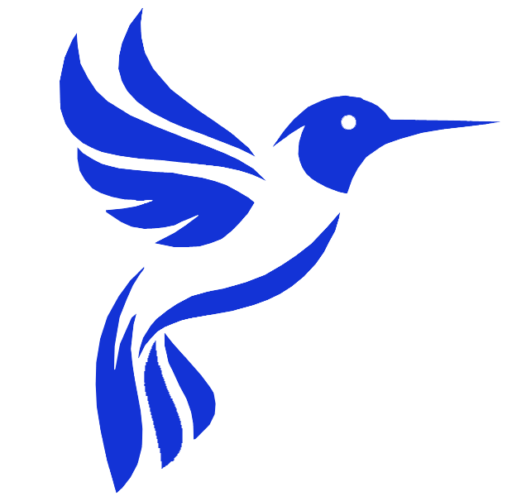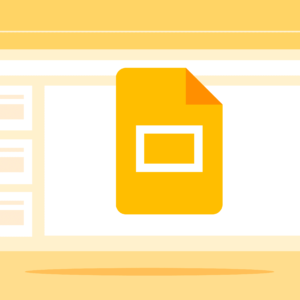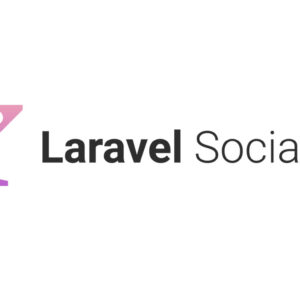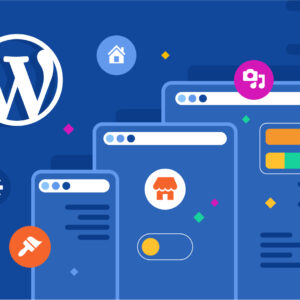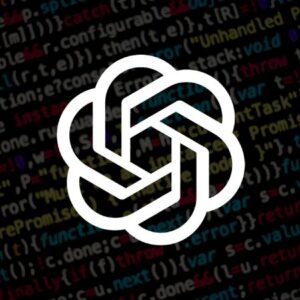
Master Laravel
Laravel is a popular open-source PHP web application framework that is designed to make web development faster and easier. Laravel 3 is the third iteration of the Laravel framework, and it provides a range of features for building robust web applications. In this article, we will explore the essential components of Laravel 3 and how to use them to develop professional-grade web applications.
Introduction to Laravel 3
Laravel 3 is an MVC (Model-View-Controller) framework that provides a range of features for building web applications. It includes components like routing, controllers, views, and models that can be used to create complex web applications. Laravel 3 is built using PHP and works with a range of databases like MySQL, SQLite, and PostgreSQL.
Setting up the Development Environment
Before you begin working with Laravel 3, you’ll need to set up your development environment. This involves installing PHP, a web server like Apache or Nginx, and a database server like MySQL. Once you have everything set up, you can use Composer to install Laravel 3 and its dependencies. You can also use Laravel Homestead, which is a pre-packaged virtual machine that includes all the necessary software to run Laravel 3.
Laravel 3 Routing and Controllers
Routing is an important aspect of web development, and Laravel 3 provides a powerful routing system. You can use routes to define the URLs that your application will respond to, and use controllers to handle the logic for each route. Controllers are classes that contain methods for handling HTTP requests, and they can interact with models to fetch data from a database.
Working with Views and Templates
Laravel 3 provides a templating engine called Blade that simplifies the process of working with views. Blade allows you to create reusable templates that can be used throughout your application. Views are typically used to display the HTML content of your application, and they can include dynamic content like user input or data fetched from a database.
Models and Databases in Laravel 3
Laravel 3 includes an ORM (Object-Relational Mapping) system called Eloquent that makes it easy to work with databases. Eloquent allows you to define models that represent database tables, and provides methods for querying and manipulating data. You can use migrations to manage database schema changes and seeders to populate your database with sample data.
Advanced Techniques and Best Practices in Laravel 3
There are a range of advanced techniques and best practices that you can use to improve your Laravel 3 application. These include using caching to improve performance, implementing authentication and authorization using Laravel’s built-in system, and structuring your application’s code using the service container and dependency injection.
Laravel 3 is a powerful framework that provides a range of features for building web applications. With its intuitive routing and controller system, powerful ORM, and flexible templating engine, Laravel 3 can help you build professional-grade web applications quickly and easily. By following the best practices and advanced techniques outlined in this article, you can take your Laravel 3 development to the next level and create robust, scalable, and maintainable web applications.
Table of Contents
